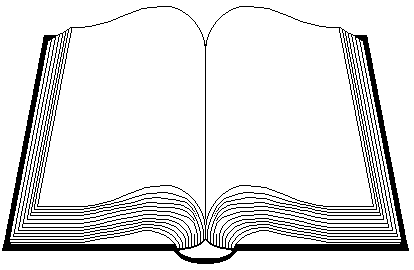
|
|
|
|
|
|
|
||
Linda Hansen |
|||||||
 |
|
||||||||||||||||||||||
Related documents:
UNB Libraries' Guide to NURS*3061, Issues in the Canadian Health Care System
One job of governments is to construct public policies when and where appropriate. Such policies may be defined as:
statements of principles underlying governmental action, expressed as local, state or national governmental action, such as legislation, resolutions, programs;
laws, regulations, appropriations, administrative practices, and/or court decisions that result from such statements;
solutions to public issues or problems
Generally, public policies share certain commonalities. First, such policies are often controversial and tend to reflect "social values in action." Second, the range of policy solutions offered may be governed by the definition of the policy problem. Third, they are often amenable to public intervention. Examples of public policies sharing these characteristics are readily found. Public health, and the development of appropriate solutions for dealing with communicable diseases such as aids, is an example. Poverty, homelessness, and anti-hunger policies, and the development of welfare and other social services safety nets are another. Education policy coming to grips with high tuition costs, student aid, and haves and have nots in a way that serves the greater good of having an educated populace is a third example. In terms of information policy, there are issues of universal services (rural v city, wealthy v poor, fee v free), issues of censorship and intellectual property, privacy, and issues of cultural support.
In theory, the role of the government in the development of public policies is to provide a comprehensive definition of the problem, to protect the public interest by defining the public policy issues within the problem, to regulate by creating legislation or regulation that is driven by public policy necessities, and to provide funding to build the necessary infrastructure to carry out the programs and services deemed necessary. Sometimes the reasons behind the government taking up its obligations regarding a public policy issue are noble; sometimes they are not. In looking at any public policy offered up by government one should always ask, not only who benefits, but who might suffer politically. In other words, governments have been known to be driven by many things other than the public good. Among the less than noble influences on policy making are: political compromise; political payoffs of some sort (who owns or is owed); vocal lobby groups; long or short term political objectives; the date of the next election; and personal agendas.
Canadian federal policy development is a major function of the Executive (Prime Minister and Cabinet, supported by Privy Council Office). Individuals and/or the parties out of power are effectively out of policy-making except when they are able to circumvent the Executive and Parliament and use public and general interest groups to their advantage. Canadian federal policy on some issues is also subject to bilateral and multilateral agreements, and other international agreements and influences.
The policy process gathers information, filters it through bureaucratic bodies, runs it past experts, and then send the information to Cabinet. Generally policy goals are broad, abstract expressions of public good -- what in US terms is called "Mom and apple pie". Policy objectives are somewhat different in that they result from controversy and application of power, influence, authority, resource constraints. In Canada, public policy objectives are often affected by: regionalism, French-English relations, federal-provincial relations, special interest groups, geography, and budgetary allocations. Eventually, feedback is sought and is often visible to the public in the form of public hearing, commissions, calls for comment, Green Papers, commissioned studies, etc.
When considering a government policy, always read the source documents. Comments of interested parties, submissions and responses, and the digested versions which appears in news articles or in speeches by politicians generally represent a particular spin on the policy.
When reading the source document or documents, ask yourself the following questions:
When did the policy appear -- why did it appear at that time?
Why did the policy appear at all -- what is driving it?
What type of policy is it -- what's its nature?
What was its stated intention -- what else might the policy makers intend?
Policies generally are harbingers of legislation -- what legislation might be expected from this policy?
What goal / priorities did it state?
Were any enabling objectives stated -- if so, what were they? Enabling objectives essentially are things that must be done to enable the policy -- to allow it to work as intended. They might include, for instance, financing (new taxes), regulations, negotiated agreements, etc.
What formed the basis of this policy -- how is it being supported and argued?
Did the conclusions drawn from the facts presented make sense?
What suggestions/directions did the policy propose?
What issues/realities did it ignore?
Was the policy realistic / reasonable / relevant -- or redundant?
Was attention given to particular issues because of the government concern for citizens or for voters?
Look, too, at various aspects which might play into the implementation of the policy, including (but not limited to): geographic; economic; demographic (especially, gender, age, interprovincial population shifts); regulatory/legislative/ethical; psychological; social; cultural; ethnic; religious; and historical.

This page created and maintained by Linda Hansen.
Comments and suggestions to: lhansen16@gmail.com
Created: 2000/09/24 Last updated: 2016/09/19
Terms of Copyright
This document: ...tutor/pubpol.htm